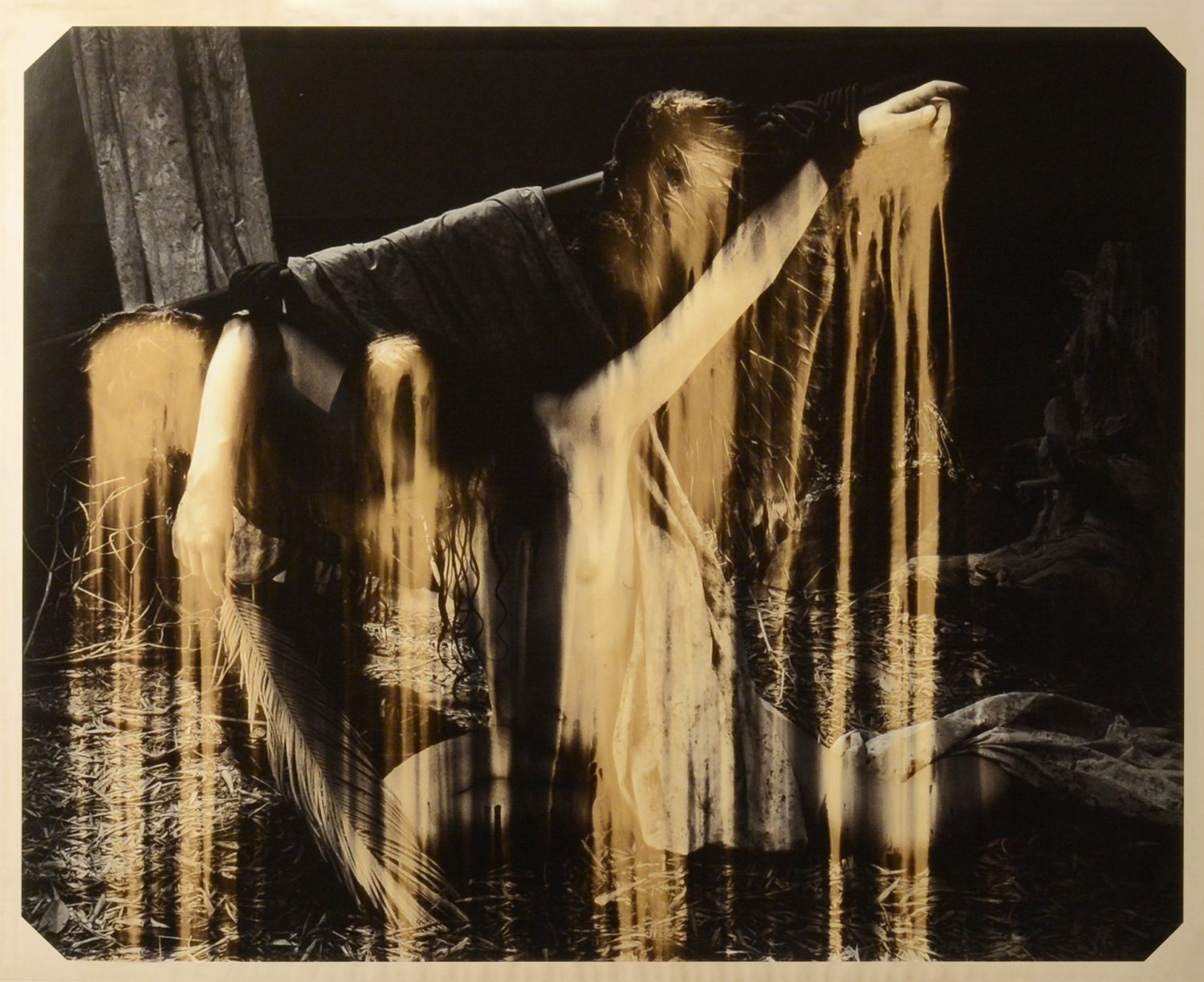The following are extracts from interviews that Greta Muscat Azzopardi conducted with David Pisani between the end of 2017 and the beginning of 2018 except where marked otherwise. They give a glimpse into the thought and physical processes that helped create the photographs.
Story

“If my journey as a photographer had to start somewhere, I guess it would start with these composite images. This was a time when I was experiencing the complexity of sexuality. I felt that there was more than one reality and I wanted to portray how multifaceted sexuality is. In making these images I was trying to express this complexity in my photographs. These were my earliest experiments with photographing themes of sexuality and corporeality.”
“At the time I was also influenced by religious iconography (having grown up in a Catholic country full of Baroque churches). In my mind there’s a link between religious iconography and pornography: the blood, the bodies, the ecstasy, things being overwhelmingly beautiful. But that would come later…”


“I was making tests to create this effect just after I made the composites in the 1990s. It took me years to refine my technique to be able to make this picture.
I discovered the darkroom when I was 10 years old and I was hooked for life. I was very introverted and not very sociable and the darkroom was a place I could lose myself in.”
“I like the act of making things and would not get someone else to print my photos. My prints reflect what mood I am in, what person I am on that day and how that influences the way I interpret the photograph. I am not interested in making the same print twice. Prints are rarely editioned because I feel that each one is unique and has its own history.”
“Some years ago I started using multiple images again. The first images were created out of magazine cutouts in an attempt to reconstruct the pictures and make something else out of them. I like to overlap things and to have many images on the same picture that altogether create a different reality.
I eventually moved to altered chemical darkroom processes. My more recent works are single photographs.”
“I’m very attracted to making big, almost life size images and I want to make bigger versions of my existing composites but I can never reproduce the same effect. The dark room reactions are one offs, they only happen once.”
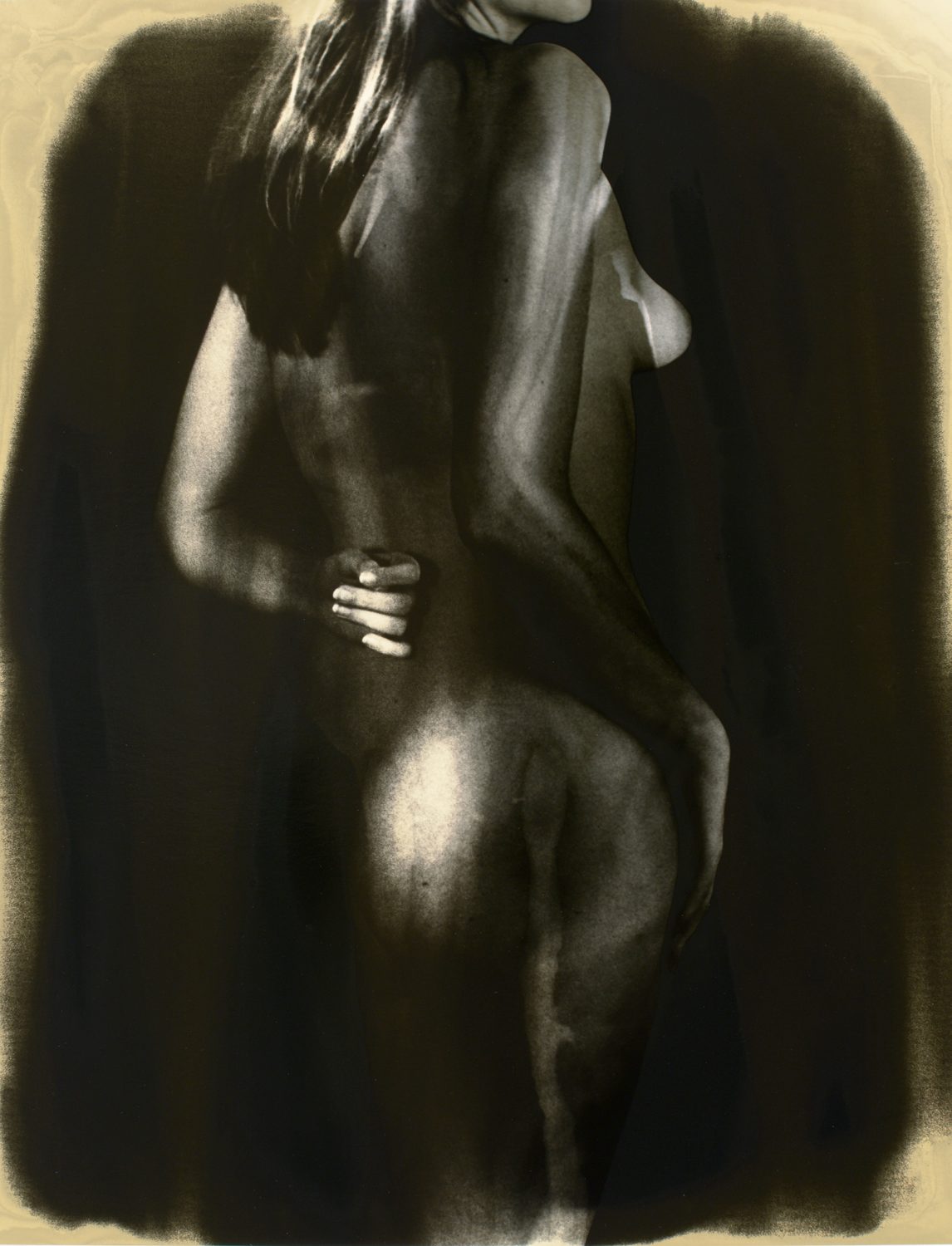

“The decaying nudes were a big part of my dark room experiments that eventually led me to creating images such as Le Petit Mort even though that one is not a decaying image.”
“These nudes are in a process of continuous decomposition. There’s chemistry in each of the prints that will eventually consume it in around 50 years. It’s a process that I can’t control, just like getting older. The whole decay process represents what life is. It’s impermanent.”

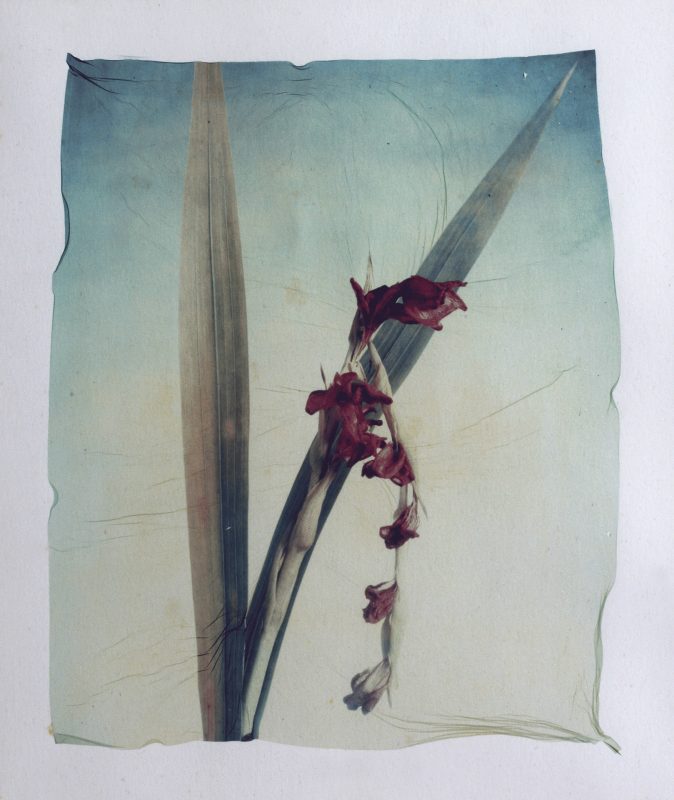
“This was an accident much like everything else in my life.”
I was walking past a church where a wedding had just finished and I saw the sexton discard the wedding flowers out onto the street. I picked up a few and took them into the studio. As they started drying I began photographing them. This was around the same period I was starting the Vanishing Valletta series. I shot these flowers using a large format Linhof 4×5, this was the only work that I have ever done in colour.
The darkroom work on these photos is quite particular and went something like this: You shoot a transparency, then put that on the enlarger and expose it onto a 10x8inch polaroid.
Under hot water the emulsion detaches itself from the paper base and eventually you peel it off and set it down onto fine watercolor paper. You ruin many to get one right, you never know if it will actually work.”
My girlfriend at the time called me and said ‘there is a dead bird lying in a field, do you want to take photograph it?’ Of course I did but the photographs themselves were not interesting. I wanted to create something that showed death and blood with the shape of the bird. The prints are solarized so each print is unique and not reproducible.


“My earliest recollection of seeing the Pinto Wharf Building and thinking that potentially here was a great subject to photograph was in October 1991. From my contact sheets I can determine that I was shooting on Pinto Wharf at the very early stages of what was to become the Vanishing Valletta collection.”
“The street was busy with cars so getting the shot I imagined was not an option. As with most subjects I made a mental note to return to the site on a quieter day, typically a Sunday or a Public Holiday. I finally shot the building as I had imagined it on a wet day in February 1994 using a Nikon F2A which at the time was my workhorse camera. I was very satisfied with the result and a vintage print from this negative was exhibited at the 1996 Biennale of Photography in Paris. The image is both monumental and very melancholic but I felt that the 35mm format I had used was too weak to render the subject’s full potential. The urge to reshoot this image kept crawling up on me from time to time but I resisted the thought as I dislike going back to re-shoot subjects because it feels like an admission of failure. Also it would be necessary to replicate the metereological conditions (rain and overcast sky) to retain the feeling of my original visualisation of the subject.”
“At around this time I had started working regularly with a large format camera (Linhof 4×5) and was very excited by the results I was obtaining and by now the Vanishing Valletta work was becoming something of an obsession. I was shooting relentlessly on an inkling that these buildings were not going to be there in that state for much longer. So I decided to swallow my pride and re-shoot “Pinto Wharf” but the task proved far more daunting than I expected. The site itself had not changed at all, but traffic had increased and parked cars obstructed the shot. The rain puddle in the foreground, which is indispensible for the shot, as it provides the surreal reflection of Pinto Stores, required a fair amount of rain to fill up, and must lie undisturbed during the long exposure required. As things turned out I would have to wait four more years for all the right conditions to fall into place.”
“On a Saturday in January 2000 I noticed that it had rained heavily during the night possibly providing an opportunity to get the shot. My assistant and I were on location early in the morning but it was still raining heavily so we waited in the car for the rain to let up. I think it was at around 9am that the rain stopped and I was able to set up the camera and start taking exposure readings off the building and the pool reflection. Then, as always, it all happened very quickly. The light was right, the puddle of water was still and my assistant handed me a 4×5 film holder. Two exposures was my normal method of working but I had waited so long for this image that I took an extra two (for good luck!). The lense was a 90mm Schneider Super-Angulon and the film was Tri-x 400. The first two exposures I processed in my standard D-76 developer but I remember feeling that the light was somewhat flat for the scene I wished to capture so I used a slightly more energetic developer for the second two negatives to extend the tonal range. The print I finally made was from that second batch.”
by David Pisani
“The picture is a photograph of the lowest area of Strait Street. It was known as “The Gut” and this place was a notorious red light district. Since the late 1980’s I had been photographing in these areas and I would also spend time in the bars getting to know the place and the people who inhabited Strait Street, as well as those who transited though it for cheap alcohol or sex. Most of the bars were by then closing down and there was less and less activity.”
“I began documenting the bars as they closed down from around 1996 and this was one of the last pictures I made because it was so difficult for all the right elements to come together. I had been there many times and observed the way the light fell on the sign that was falling apart bit by bit. The picture is the result of several attempts and quite a lot of frustration and was finally made in April 2000.”
“One of the difficulties was to get no cars in the picture, which often parked at the top of the stairs. I finally figured I could get the shot on a Saturday afternoon in early spring when the sun would be in just the right place to light up the sign and the stairs, and there would be no cars because Valletta FC was playing a football match so most of the lower part of Valletta would be deserted! However the picture held one more surprise for me when I was printing up some tests in my darkroom. As the image appeared under the darkroom safelight I noticed that a graphic pattern had emerged in the image without my intentional framing.”
Effectively the light in the sky traced the graphic shape of a lightning bolt as we often see them in comics and I took this as a sign from God who was striking me down for all the sins I committed in Strait Street!!”
by David Pisani


“I continued to make photographs in Valletta until the day they demolished City Gate, which symbolically marked the end of the Vanishing Valletta project.”
“Broken Dreams was another architecture series I did at a time when I was losing my interest in architecture and wanting to go back to photographing the body. I went to Cyprus to open an exhibition and met a Cypriot-Australian journalist who wanted to interview me. We met in a café and we got talking. I knew nothing about Cyprus, I had just been flown in to open the exhibition. She said ‘you should go see Ledra Street, I think you will find it interesting’. I was leaving the following day but spent the rest of the day in and around the border conflict zones and the no man’s land that divides Cyprus.”

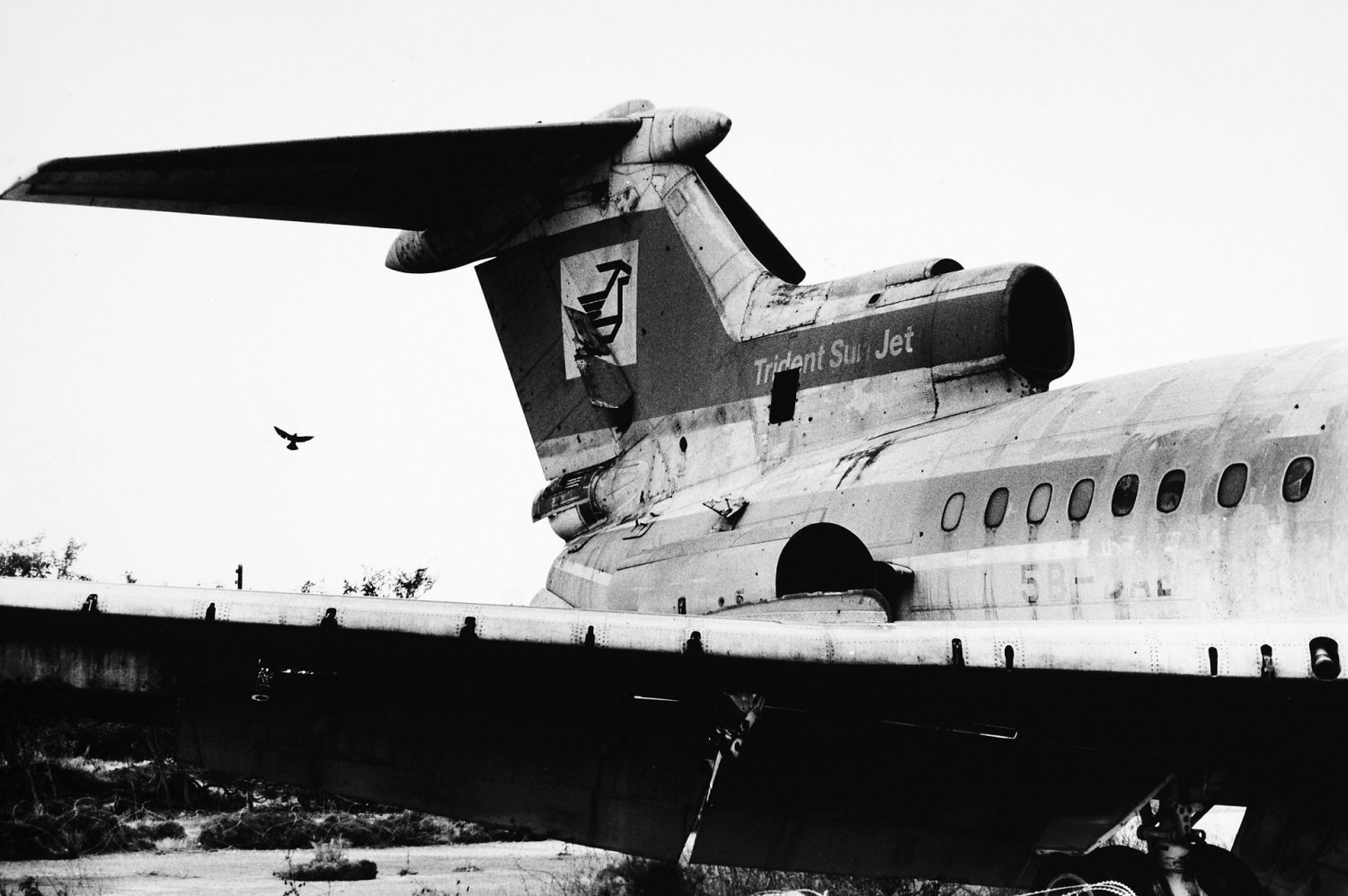
“There is something very special about the light in Cyprus. I went back three more times on three more campaigns to continue shooting and eventually created this exhibition. This happened with no prior research. I just look at a place and feel that I can make something out of it. It felt like a happy accident.”
“Unlike my Valletta photos, in my Japan pictures there are people in my pictures. Kyoto marked an important transition in my work.”
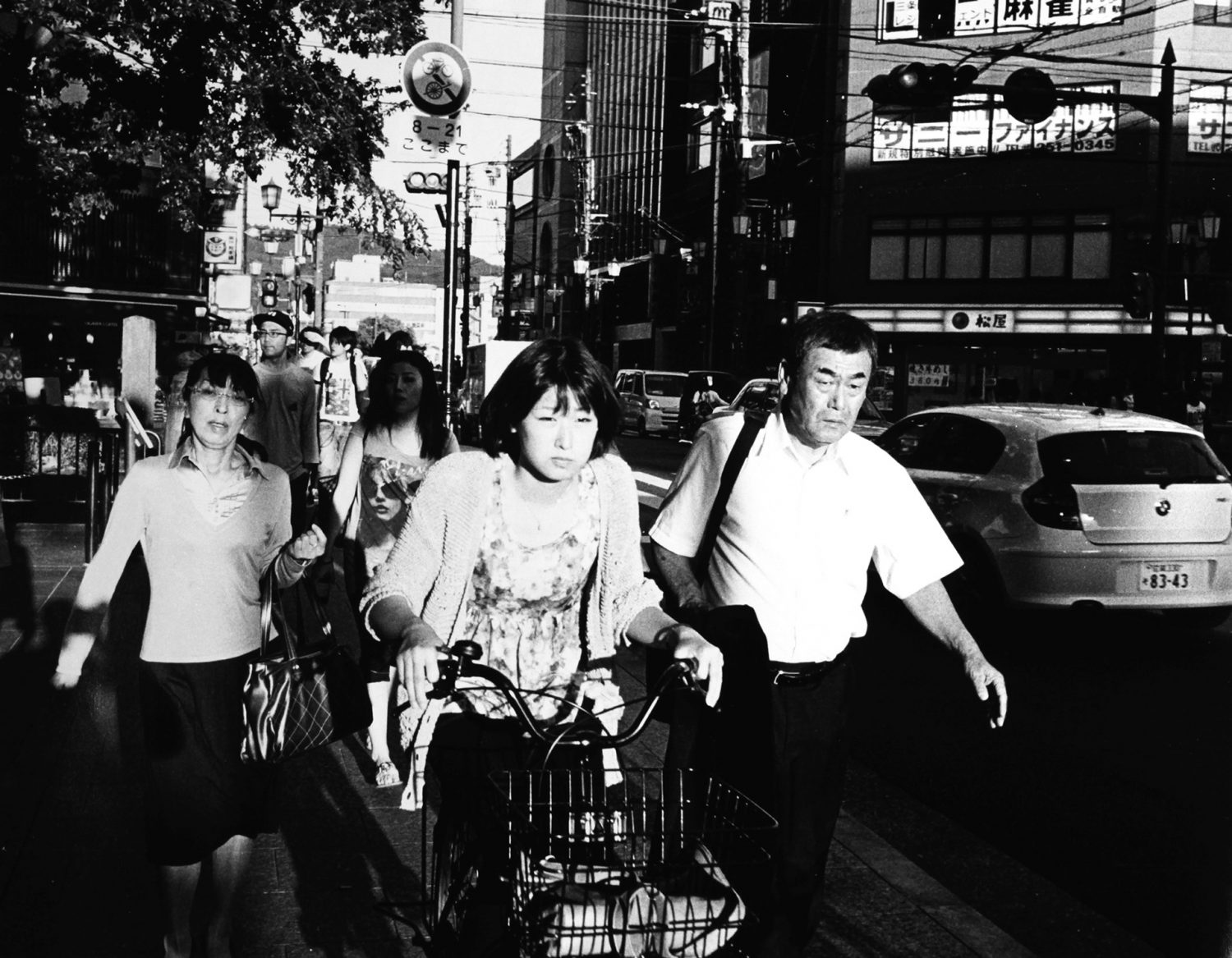
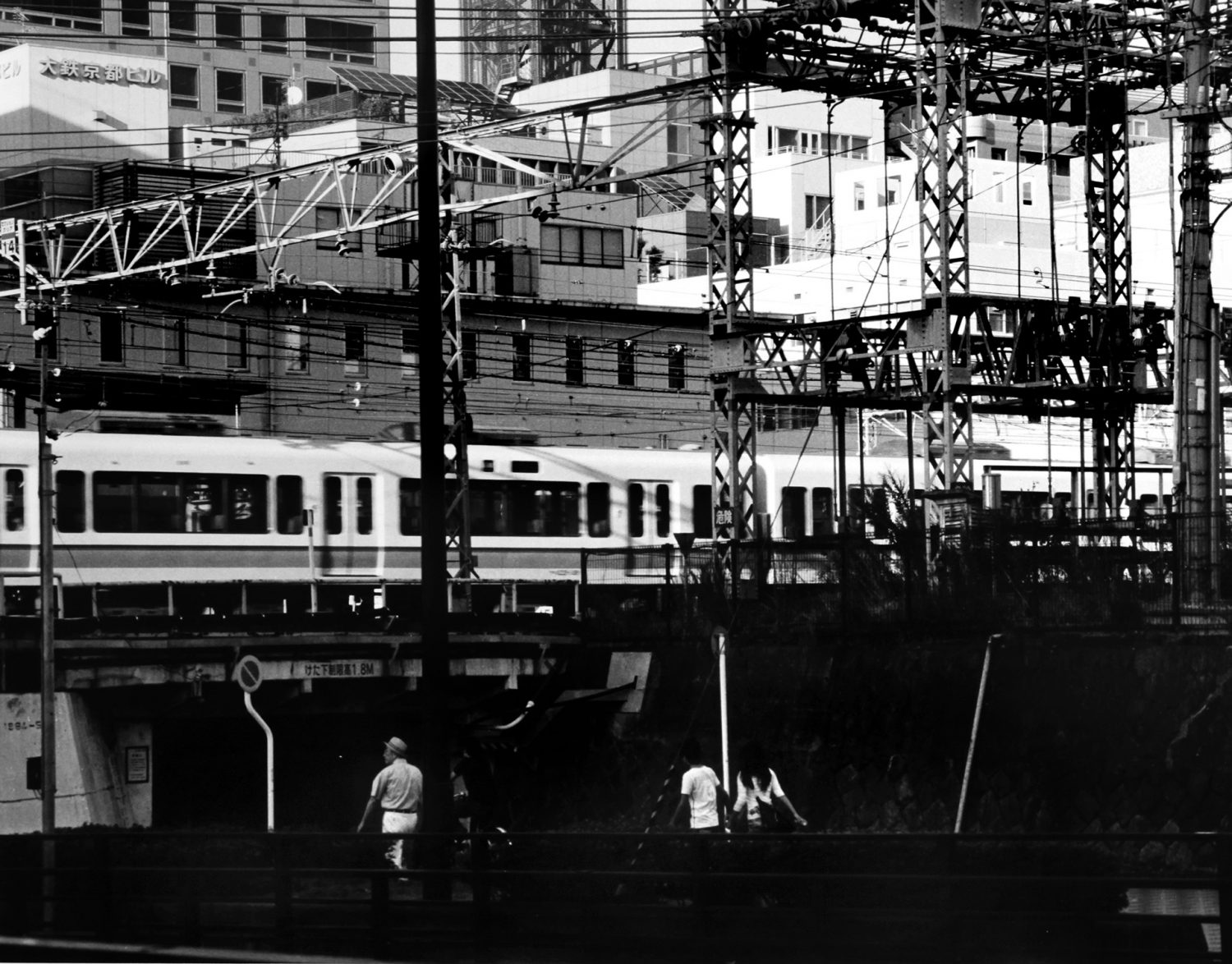
“I took these photos knowing that this would probably be my last architectural project and in fact after that I went back to my work around the themes of the body, sexuality, decay and death.”
“I worked for some years as a fashion photographer and the stylists sometimes brought mannequins to the studio. On one occasion the stylist took the clothes back but left the mannequins at my studio for months. I looked at them, they looked at me so I decided to photograph them. When I started photographing them I realised that they had inhuman proportions. They were like aliens that project a female ideal that is virtually unattainable.”


“One time in Paris I saw a mannequin in the window and I thought she was quite beautiful. I started to take photographs but the guy in the shop started shouting insults at me (a very Parisian thing!). On other occasions I had sales girls tell me that I could not take pictures of the mannequins. It became obvious that these inanimate dolls were not just pieces of plastic. This one was in the window of a sex shop. It was at a time when I started to photograph sex shops simply because they were so interesting and no one was photographing them. There was this beautiful blonde in the window, the light was perfect but her hands made it all….hands are very important in my work!”
“I don’t deal with nature in my work. Civilization is the departure from nature. We have externalized ourselves and in doing so we rationalised our most basic impulses..”
“My work has become more political in the last 10 years. When I was doing the composites I was younger and optimistic, my work today reflects my own journey to the end. The way I work now is more structured. I tend to start with an image in my head which may linger there for a long time until I figure out how to create it. At some point I usually meet the person who is right for the image and it starts to come together. The Exterminated Angel came about through a dialogue with the model. What is the human body – emotionally, physically and sexually? This was something I was willing to experiment with. It is a question that drives me.”
“As you finish a piece you learn from the process, from the mistakes and the accidents. The most interesting picture to me is the one I will make next. The ones I have already made are dead.”
